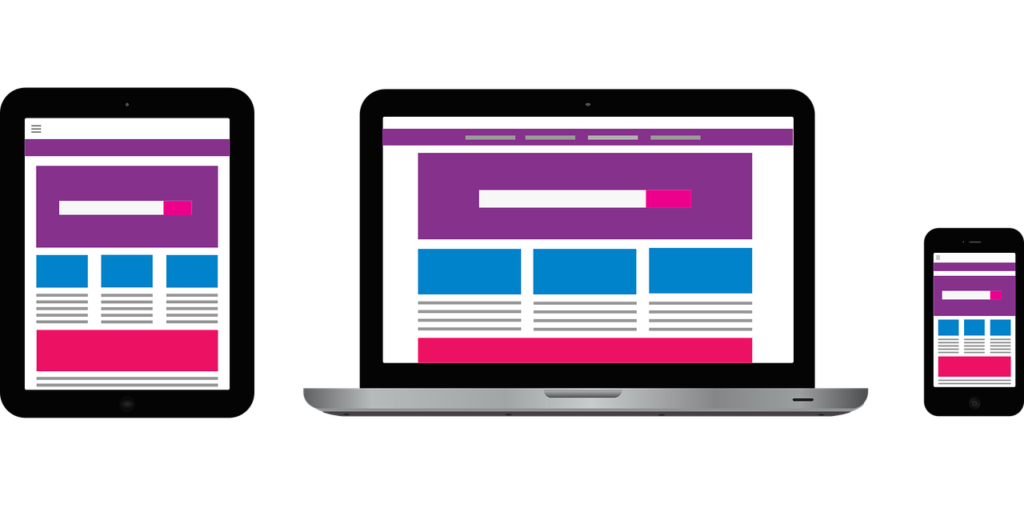
With so much competition on the internet, having a website alone is no longer enough. These 10 suggestions from Niche Inbound will teach you how to make your website easy for prospective consumers to find and utilize.
1. Make your website mobile-friendly.
The ability of a website to respond quickly is essential for it to be successful. Adults in the United States spend more than five hours each day on their smartphones, and over one-third of all retail transactions are conducted via mobile devices. Needless to say, your company’s mobile website must provide a positive user experience.
2. Make it as simple as possible for visitors to locate what you’re offering.
A domain name is required to distinguish your business and describe it in some way. You may even have many domains that point to the website, which implies employing technical SEO best practices, keyword research, content marketing, and sponsored advertising campaigns to increase visits to your website.
3. Above the fold, include your contact information.
If your company is reliant on customers being able to contact you or call your sales staff, make that information readily available.
If you want to connect with customers on social media, include your social links in the website’s header or footer.
4. Make it simple to get around.
Limiting your top-level navigation menu to five clearly labelled tabs, with related pages organized under them, is an important step for site administrators. Aside from your call-to-action, you should also provide a clear method for visitors to get back to the homepage no matter where they go. A Google search may frequently send your reader to a page on your website other than the homepage.
5. Make sure your pages aren’t cluttered.
Readers must be able to contextualize information, according to Paul Bolls, an associate professor of strategic communication at the Missouri School of Journalism. If a site has too much information, it clogs the brain and prevents new knowledge from being retained. Make certain that there’s plenty of text as well as pictures on your page so that it looks clean.
6. Make sure it’s right.
It should go without saying that any incorrect information would turn consumers away, whether it’s an incorrect phone number, out-of-date product details, or simple grammatical errors. You should not only proofread each page before releasing it, but you should also check it regularly afterwards, especially if there have been changes in other locations.
7. Respect user’s time.
According to a study by Akamai, 88.5 per cent of internet users will abandon a website if it takes too long to load. Furthermore, the time it takes for a webpage to load has an impact on over 70% of online purchasers’ purchasing decisions.
8. Make a call-to-action.
Each page on your website should encourage visitors to take some sort of action. In other words, you’ll need to provide them with a call-to-action. These landing pages should entice customers to perform a specific activity, such as call your business, sign up for a service, purchase a product, obtain a whitepaper, or do anything else.
9. Keep it basic.
Reduce the use of typefaces, colours, and GIFs to keep the attention of visitors. Short paragraphs and bullet points increase the scannability of material and make it more likely to be absorbed. According to Ian Lurie, CEO of internet marketing firm Portent Inc., paragraphs should be shorter than six lines.
10. Get personal.
E-commerce companies must invest greatly in their online storefronts to represent their brand images, just as brick-and-mortar businesses do with their physical locations. Tom Lounibos, the co-founder of SOASTA, advised Business News Daily that e-commerce firms must develop high-quality internet experiences that are consistent with the brand image.